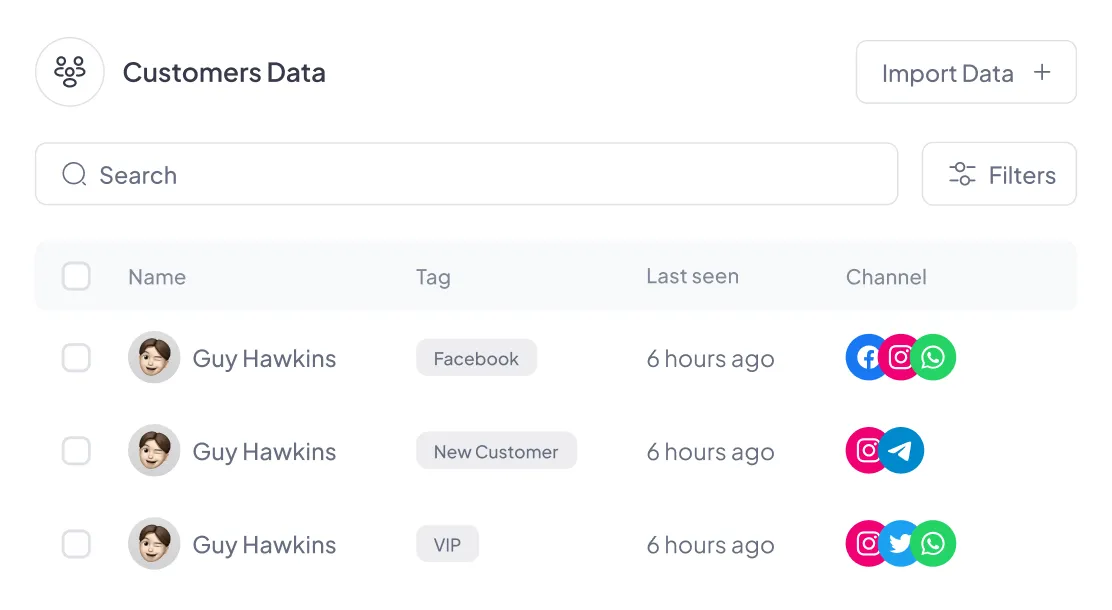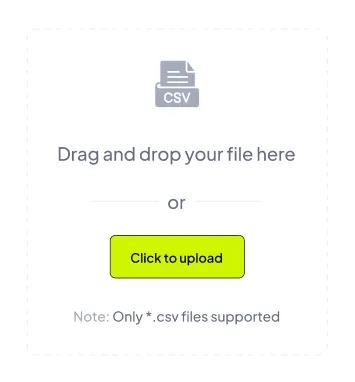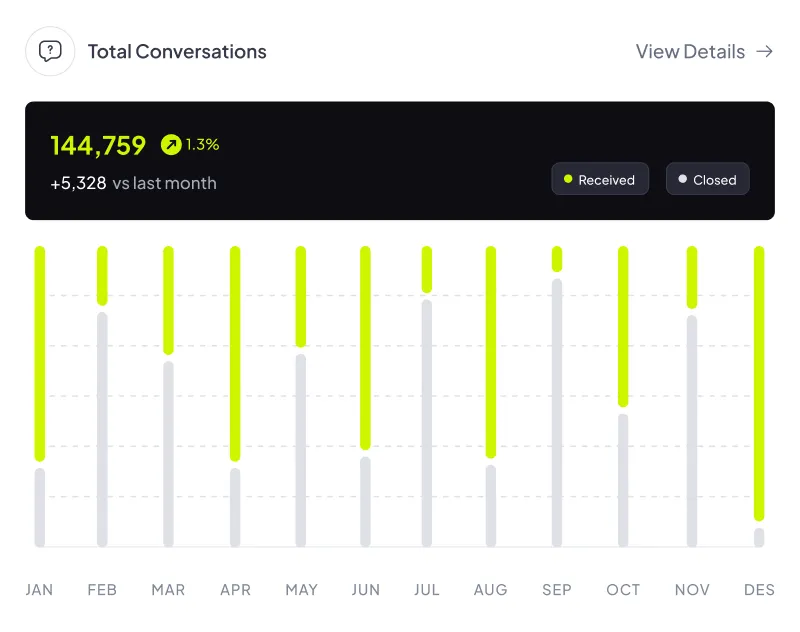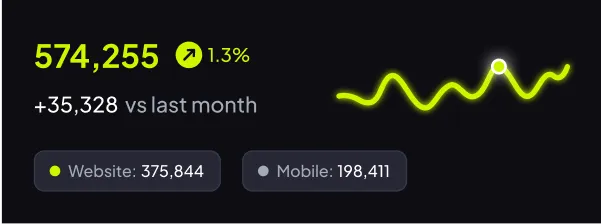How is the security of our cryptocurrency exchange ensured?
Some companies say their websites cannot be hacked.
However, no website or system is 100% safe. Even big organizations like banks, governments, security agencies, and well-known cryptocurrency exchanges like Binance have been hacked before. So, we focus on strong security to reduce risks.
Instead of claiming that hacking is impossible, we focus on how we protect our crypto exchange platform and user data. We use advanced methods to protect user data, transactions, and platform funds.
We regularly test our crypto security to improve our software. These security measures include 1) protecting wallets and liquidity, 2) multi-layer 3) authentication, 4) encryption, 5) regular security checks, and 6) storing assets in cold storage.
ٍLet’s answer to the question of how we prevent hacking on our system and how we protect user data and assets in the event of a breach.
First Question
What crypto security measures have we currently taken to make system thacking problematic?
- ISO/IEC 27001 Certification: We have obtained this internationally recognized certification for Information Security Management Systems.
- OWASP Standards: We follow global security standards from the Open Web Application Security Project (OWASP).
- Secure Authentication System: We use a unique infrastructure for authentication entry tokens and user registration.
- Regular Security Tests: Our system undergoes regular security and penetration testing to identify and fix vulnerabilities.
- Multi-Layer Architecture: Our database and vault have a multi-layer security design to protect sensitive data.
- IP Link and OTP Authentication: We use IP linking and one-time password (OTP) authentication for different parts of the system to add extra security layers.
Second Question
What happens to the information and assets in case of a hack or security breach?
- Full Encryption and Hashing: All critical system data and assets are fully hashed and encrypted. Since hackers do not have access to the encryption keys, they cannot decrypt the data, keeping it secure.
- Backup Systems: We use multiple backup methods, including Replica Set, Mirror, and Section Time, to ensure data integrity and quick recovery if needed.
- 5-Layer Vault Architecture: Our unique vault system is designed to meet all security needs. Even though vault operations are dynamic, all master vault assets are stored separately and are only accessible to the client.
- No Direct Site Storage: Primary assets and critical information are not stored within the main site. This means that even if a hack occurs, these assets remain safe and untouched.
On cryptocurrency exchange websites, users upload media files for identity verification (KYC), which can pose serious risks to crypto security. Malicious code hidden in these files can compromise the security of cryptocurrency exchange platforms by infiltrating the main server and gaining access to sensitive data.
One of the most common security breaches in crypto exchanges happens through this method. To counter this, we implement crypto security measures like Object Storage, a specialized system that stores user files on separate servers. These servers have no operating system, preventing malware from directly accessing the main system.
This approach is one of the best crypto security measures, creating an additional layer of protection. By isolating files from the primary infrastructure, we enhance cryptocurrency security, ensuring that user data remains safe from unauthorized access and potential threats.
By providing a set of security features and modules, a strong and reliable system, the latest authorization methods, system restrictions, and different access levels, we aim to improve the security of cryptocurrency exchange platforms.
With these crypto security measures, we work to reduce risks so that users can enjoy a safer experience and have greater peace of mind.


We have implemented advanced authentication and authorization using a Modern Time Token mechanism to enhance security and control access effectively.
Our Elastic Error Handling system ensures stability by efficiently managing and responding to errors, preventing disruptions in the system.
We also provide monitoring systems that allow technical personnel and administrators to track system performance and security in real time.
To further strengthen security, we use a multi-layer database architecture and a separate database storage section for graphic files and user uploads. Keeping these files separate from the main system reduces risks and improves overall protection.
We ensure the encryption of sensitive information, including assets and user data, to protect against unauthorized access.
Our system is designed to maintain 99% of its liquidity in cold storage, keeping assets offline to reduce security risks.
Additionally, we follow strict security standards and protocols in system design. Before launching a project, we conduct full testing with the client and their team to ensure maximum security and reliability.





We have implemented a transaction chain rollback feature that allows the system to check the transaction chain and automatically roll it back in case of computational errors or transaction process issues.
To prevent fraudulent activities, our system includes an anti-double spending feature, ensuring that the same asset cannot be used in multiple transactions.
Additionally, we use a transaction queue system to manage transaction processing efficiently and maintain stability.
Our system also provides complete protection against invalid transactions, ensuring secure and accurate operations.
We secure sensitive system processes, such as withdrawals, logins, changes to the whitelist withdrawal list, user information updates, and important admin features, by requiring multi-factor authentication. This added layer of security ensures that only authorized users can perform these critical actions, enhancing the overall safety of the system.

